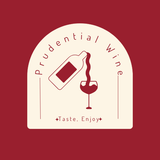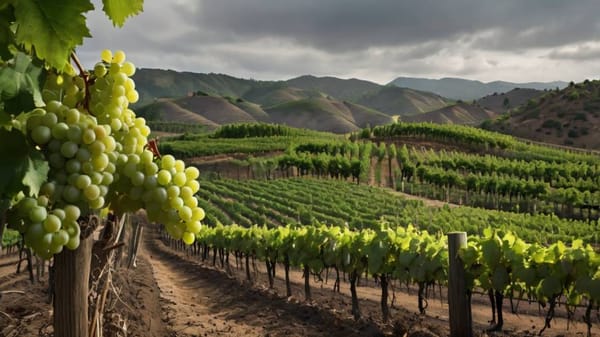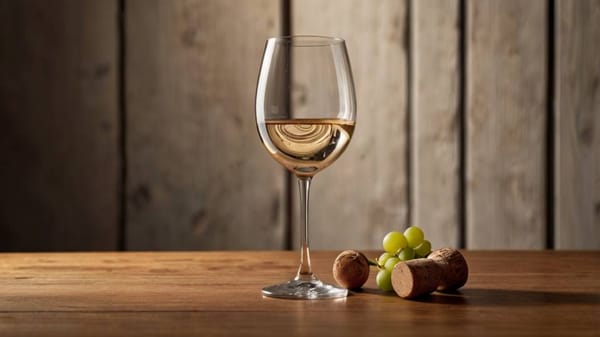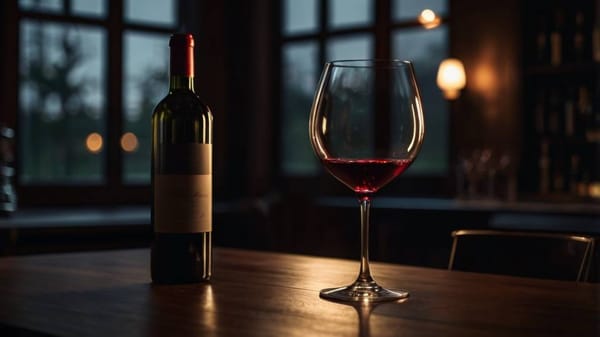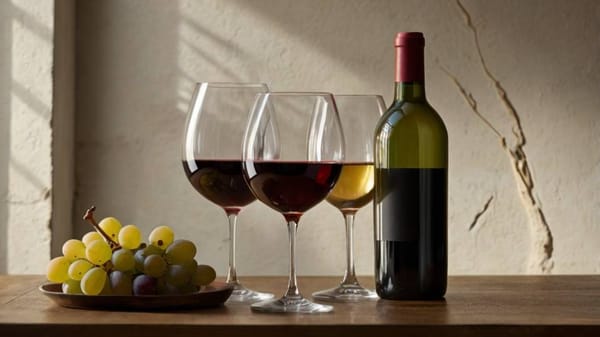The Rise of Wine in the New World
Discover how New World wine regions make learning, tasting, and buying wine easier and more exciting—no passport or expertise required.
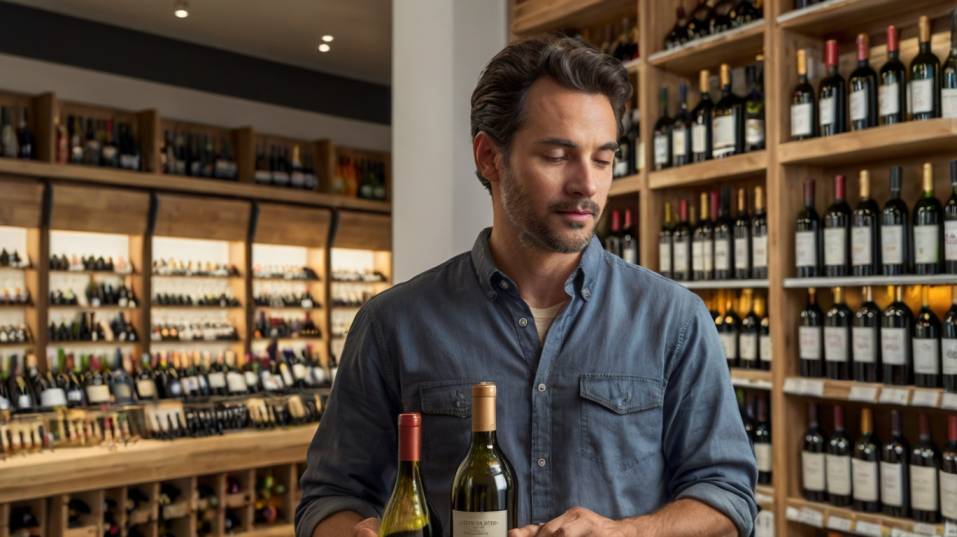
What if the best way to learn wine isn’t starting in France—but in California, Chile, or New Zealand? The New World flips the script.
These regions put grape, place, and clarity front and center. No need to memorize villages or heritage rules. Just open a bottle, taste boldly, and learn fast.
For anyone new to wine or eager to build real tasting confidence, this is where your journey takes off.
Why the “New World” Deserves Your Attention
In wine, New World doesn’t mean new in time—it means new in approach. Regions like California, South Africa, Chile, Argentina, Australia, and New Zealand have been growing grapes for decades, some even centuries.
What sets them apart is how they treat wine: with less tradition-bound pressure and more space for creativity, clarity, and expression. You’ll notice that right away. In New World wines, grape varieties are usually front and center.
A bottle says Cabernet Sauvignon or Pinot Noir in bold print, not hidden behind a place name you’ve never heard. Labels are more transparent.
Styles tend to be more fruit-forward, more generous, and easier to parse for someone still building a flavor vocabulary.
This doesn’t mean simple or unsophisticated. It means accessible. It gives you a clear path to understand what you're tasting—and why.
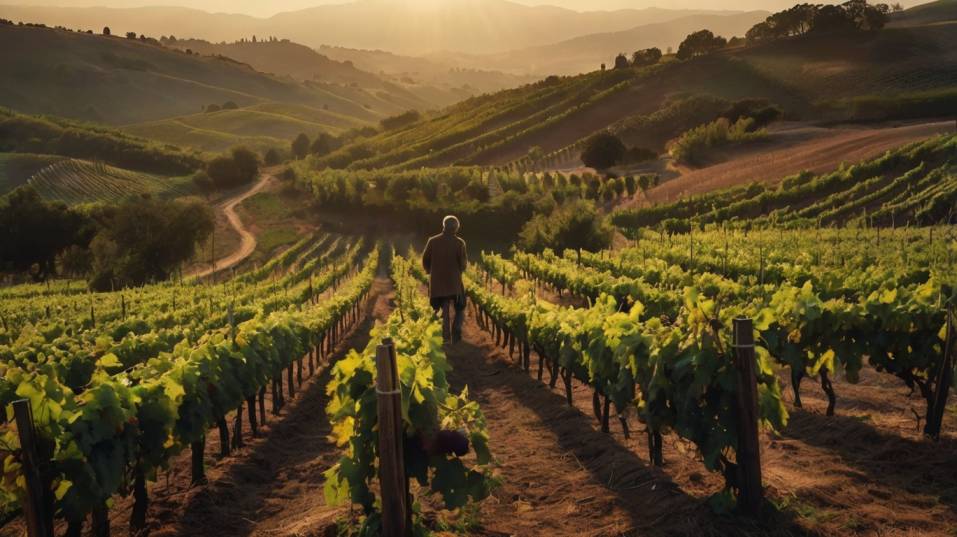
Climate Matters More Than You Think
Most New World regions sit in warmer, sunnier climates than their European counterparts. That impacts the final wine more than any winemaking technique.
More sun means grapes ripen more fully, producing wines with higher alcohol, deeper fruit flavors, and softer tannins. A California Zinfandel or Barossa Shiraz is going to taste big, ripe, and powerful—by design.
But don’t be fooled into thinking all New World wine is heavy or overblown. As vineyards push into higher elevations and cooler coastal zones, producers are dialing in wines with brightness, nerve, and nuance.
Places like Sonoma Coast, New Zealand’s Central Otago, and Chile’s Leyda Valley are prime examples. What ties them together is a shift in focus—away from power, toward precision.
As you taste, start thinking in terms of growing conditions. Grapes grown at altitude or near the ocean tend to make wines with more freshness and structure.
They age better. They pair more flexibly with food. And they keep your palate engaged across a full glass.
Winemaking That Works With (Not Against) the Grape
The New World’s lack of strict wine laws allows winemakers to chase expression over obligation. In France or Italy, a wine must follow certain production rules to carry a regional name.
In the New World, the emphasis is on showcasing the grape and site with fewer restrictions—and more innovation.
That shows up in everything from fermentation vessels to aging styles. You’ll find unoaked Chardonnays with electric crispness alongside barrel-aged versions rich in texture.
Skin-contact Sauvignon Blancs, carbonic Syrahs, amphora-aged Grenache. This kind of range helps you tune your palate fast.
Here’s why it matters: every new wine you taste teaches you something. One Chardonnay might be clean and citrusy, another toasty and round. The difference?
Often, just the winemaker’s choices. Learning to spot those choices in the glass—before you read the label—is what elevates you from casual drinker to confident chooser.
Labels That Actually Help You Learn
In the Old World, wine knowledge often starts with memorization. You have to know that Chablis means Chardonnay, Barolo means Nebbiolo, Sancerre means Sauvignon Blanc.
But the New World skips that step. It tells you what’s in the bottle and where it’s from—grape variety, region, and sometimes even style notes.
That makes it easier to connect what you like to what you buy. If you enjoy a Pinot Noir from Oregon’s Willamette Valley, chances are you’ll appreciate others from similarly cool climates, like New Zealand’s Martinborough or coastal Chile.
If you like rich, structured Cabernet from Napa, you might find a smoother, more affordable version from South Africa’s Stellenbosch or Argentina’s Uco Valley.
Reading a New World label isn’t just easier—it’s more educational. It reinforces connections between grape, climate, region, and taste.
Over time, that kind of pattern recognition helps you buy smarter, waste less, and build a cellar—or wine rack—that reflects what you actually love.
Style as a Choice, Not a Trend
One of the great strengths of the New World is that it gives you options. Want something bold and lush? Try Australian Shiraz or Argentine Malbec.
Prefer something crisp and mineral? Reach for South African Chenin Blanc or New Zealand Albariño. Curious about natural wines? You’ll find a range of small producers pushing boundaries in Oregon, California, and parts of Chile.
This diversity helps you discover not just what you like, but why you like it. You learn whether it’s the grape, the climate, the region, or the method that hooks your attention.
That insight lets you branch out with purpose—exploring new styles with intention instead of just reacting to labels or price tags.
And because New World producers are often focused more on consumer experience than prestige, the wines tend to be more consistent vintage to vintage.
That’s a big help when you’re learning. It gives you a solid foundation to explore without second-guessing whether what you're tasting is a fluke.
How to Shop the New World Like a Pro
When you walk into a shop or browse online, don’t just look for familiar grapes. Look for growing conditions that match what you love.
If you like high-acid, food-friendly whites, seek out wines from high-altitude vineyards or maritime climates. If you prefer smooth reds with ripe fruit, go for warm, sunny inland regions.
Get comfortable asking a retailer about elevation, soil type, or proximity to the ocean. These aren’t snobby questions—they’re smart ones. And most good wine shops love helping people learn. Also, don’t fear lesser-known grapes.
South Africa’s Cinsault, Argentina’s Bonarda, or Australia’s Fiano might not be household names, but they often deliver incredible value and flavor. In the New World, under-the-radar wines are often where real gems hide.
Final Thoughts: Make the New World Part of Your Wine Life
If you’re serious about understanding wine—not just drinking it—the New World is essential territory. It gives you clarity. It gives you variety.
And most of all, it gives you the confidence to trust your own palate, not just the opinions of experts or traditions you don’t fully know yet.
So don’t wait for the “right” time to explore. Go pick up a wine from a country you haven’t tried yet. Taste with attention. Ask questions. Compare. And keep track of what moves you.
The sooner you stop thinking of wine as something you’re supposed to get, and start thinking of it as something you’re allowed to explore, the more rewarding—and delicious—this journey becomes.
Tonight, pour something New World. Not just for the taste, but for what it teaches you.
